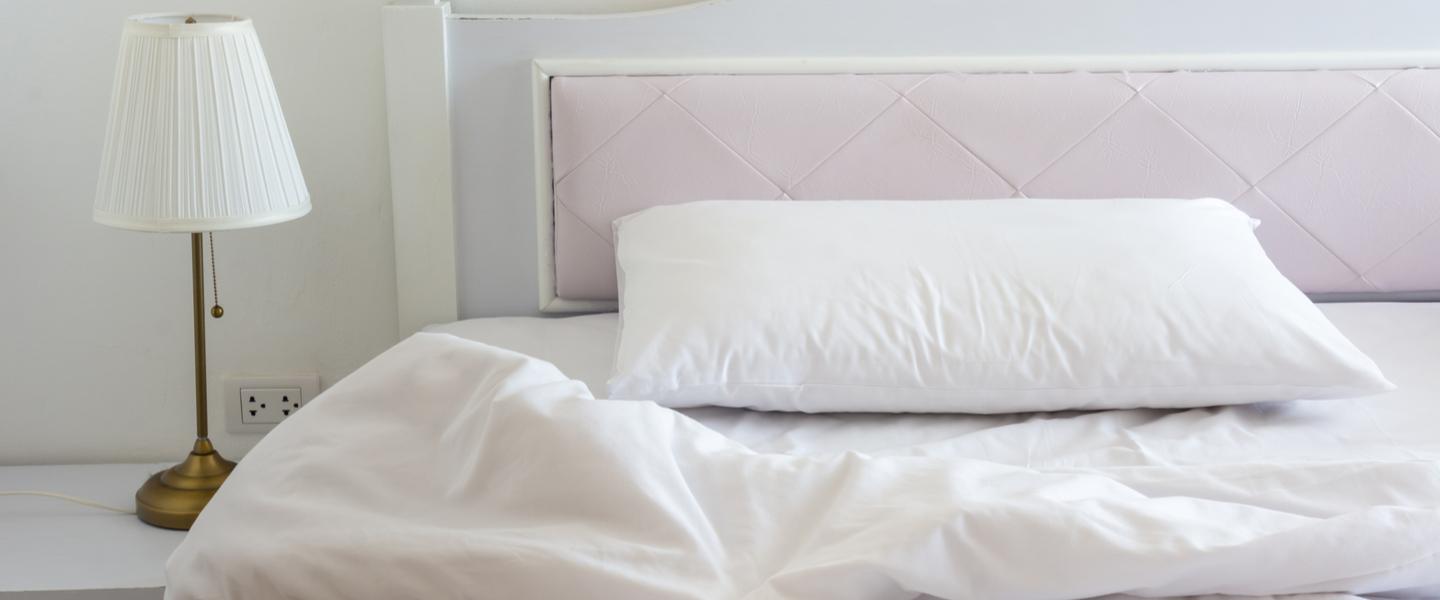What is a Pillow Protector? The Ultimate Guide
Welcome to the ultimate guide on pillow protectors, an essential bedding add-on that creates a healthier and more hygienic sleep environment. While often overlooked, pillow protectors play a crucial role in safeguarding both the longevity of your pillows and your overall well-being.
Acting as a shield between your pillow and external elements, these covers safeguard against allergens, dust mites, sweat, and other impurities.
In this comprehensive guide, we'll delve into the various types of pillow protectors, their materials, their benefits, and how to choose the perfect one for your needs. Say goodbye to restless nights and hello to a cleaner, healthier, and more comfortable sleep environment with the help of pillow protectors.
What is a pillow protector?
A pillow protector is a removable cover designed to encase and protect your pillow. Pillow protectors work by acting as a barrier between pillows and external factors such as allergens, sweat, and dust mites.
By using a pillow protector, you can maintain the cleanliness of your pillow, extend its lifespan, and create a healthier sleep environment. Most pillow protectors are placed underneath the pillow case, offering an additional layer of protection without compromising comfort.
They're available in various styles to fit different pillow types and can be an essential addition to promoting better sleep hygiene, especially if you suffer from allergies.
Is a pillow protector the same as a pillowcase?
No, pillowcases and pillow protectors aren't the same thing! They serve two very different purposes. Here are the key differences between the two:
Pillow protector
- Function: A pillow protector provides an extra layer that's designed to protect pillows. It acts as a barrier against allergens and other contaminants, keeping your pillow clean and extending its lifespan.
- Material: Pillow protectors are typically made of a thin, breathable fabric that is easy to clean.
- Placement: Pillow protectors are placed directly over pillows, underneath pillowcases.
Pillowcase
- Function: A pillowcase serves as the outer covering for your pillows and is primarily used for decorative and comfort purposes. It provides a soft and comfortable surface for your head while sleeping and adds a stylish touch to your bedding.
- Material: Pillowcases are made from various fabrics, such as cotton, silk, satin, or microfibre, depending on personal preferences and aesthetics.
- Placement: Pillowcases are placed over the pillow, covering both the pillow itself and the pillow protector if one is used.
Benefits of a pillow protector
Using a pillow protector offers several benefits that contribute to better sleep hygiene, comfort, and more. Here are some of the key advantages:
- Protection against allergens
Pillow protectors create a barrier that prevents dust mites, pet dander/dead skin cells, pollen, and other allergens from infiltrating your pillows.
This is especially beneficial if you have allergies or asthma, as it reduces your exposure to potential triggers, leading to more restful sleep.
- Maintains pillow cleanliness
Pillow protectors act as a shield against sweat, oils, saliva, and other bodily fluids that can seep into your pillows over time.
By keeping these contaminants at bay, pillow protectors help maintain a cleaner and more hygienic sleep surface.
- Prolongs pillow lifespan
By protecting them from stains, moisture, and wear, pillow protectors can extend the life of your pillows. This is especially useful if you have a down pillow or a feather pillow.
Having a pillow protector saves you money in the long run, as you won't need to replace your pillows as frequently.
- Enhanced comfort
Some pillow protectors are designed with additional features, such as soft, breathable materials like organic cotton or added padding. Additional padding can enhance the overall comfort of your pillows and, consequently, improve your sleep quality.
- Hypoallergenic properties
Some of the best pillow protectors are made from hypoallergenic materials, which are ideal for allergy sufferers and are suitable for sensitive skin.
- Easy to clean
Pillow protectors are typically machine washable, making them easy to clean and maintain. Regular washing removes accumulated dirt and allergens, ensuring a healthier sleep environment.
- Easy to use
Pillow protectors are simple to slip on and off, making them user-friendly and convenient to maintain.
In summary, using a pillow protector offers numerous advantages, including protection against allergens, maintaining pillow cleanliness, prolonging pillow lifespan, and enhancing sleep comfort.
These benefits, combined with their ease of cleaning and hypoallergenic properties, make pillow protectors a smart investment for a healthier and more comfortable sleep experience.
The different types of pillow protectors
There are several types of pillow protectors available, each designed to cater to different needs and preferences. Here are the most common kinds of pillow protectors:
Standard
These are basic covers made from materials like cotton, polyester, or a blend of fabrics. They offer a barrier against allergens, sweat, and dirt while preserving the pillow's natural feel and avoiding general wear and tear.
Waterproof
A waterproof pillow protector has a waterproof layer that prevents liquids from penetrating pillows. Waterproof protectors are best for protecting against spills and other situations where liquids may come into contact with your pillows.
Anti-allergy
An anti-allergy protector is the best pillow protector to block allergens like dust mites, pet dander, and pollen. They use tightly woven fabrics or specialised materials to create a barrier that keeps allergens at bay, helping individuals with allergies or asthma.
Microfibre
Microfibre pillow protectors offer softness and a luxurious feel. They are also effective in preventing allergens from entering the pillow.
How to wash a pillow protector
To wash a pillow protector, first, remove it from the pillow. Then check the care label for specific instructions and make sure it's machine washable.
Generally, you should machine wash the protector with similar colours using a mild liquid detergent on a delicate or gentle cycle with cold or warm water.
Avoid bleach or harsh chemicals. After washing, air dry the protector flat or hang it to preserve its shape and avoid shrinking. Once dry, re-insert the pillow into the protector, and it's ready to use again.
Sleepseeker pillow protectors
Here at Sleepseeker, we offer a range of the best pillow protectors to keep your pillows fresh, clean, and ready to snuggle into for a relaxing night's sleep.
If you need a pillow protector, or anything else, we have what you need to improve your sleep quality. Regardless of your sleep style, we have pillow protectors for everyone, including waterproof protectors, anti-allergy protectors, and more.
Match your perfect pillow protector with a quality mattress protector for true peace of mind, and be sure to check out our other blog posts for the latest insights on all things bedding.
FAQs
Does a pillow protector go under a pillowcase?
Yes, it does. The pillow protector is an additional layer of protection that encases your pillows and acts as a barrier against allergens and other impurities. It provides an extra level of cleanliness and prolongs the life of the pillow inside.
The pillowcase is then placed over the pillow protector, providing a soft and comfortable surface for your head while also keeping the protector in place.
Are pillow protectors a good idea?
Yes! Pillow protectors provide a barrier against allergens, sweat, and dirt, helping to keep your pillows clean and fresh. This not only extends the life of your pillow but also promotes better sleep hygiene, especially if you have allergies or sensitivities.
Pillow protectors are easy to clean, cost-effective, and can enhance overall comfort.
Will a pillowcase still fit my pillow if using a pillow protector?
Yes - of course. However, whilst your pillowcase should still fit over your pillow and pillow protector, make sure you always double check the dimensions on all of your bedding products.
What's the difference between dust mites and bed bugs?
Dust mites are microscopic arachnids that feed on dead skin cells and thrive in warm, humid environments. They are not visible to the naked eye and primarily cause allergies due to their waste particles.
On the other hand, bed bugs are visible insects with oval-shaped bodies. They are active at night, hide in cracks and crevices, and their bites can cause itchy welts on the skin.
What's trending now...
-
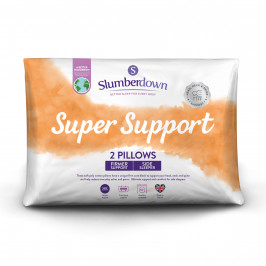
Slumberdown Super Support Firm Support Side Sleeper Pillow, 2 Pack
£17.00
Shop Now -
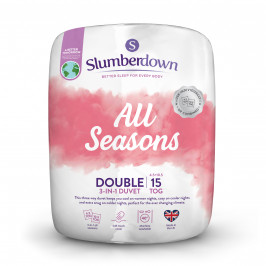
Slumberdown All Seasons Combi 15 Tog (10.5 + 4.5 Tog) Double Duvet
£30.50
Shop Now -
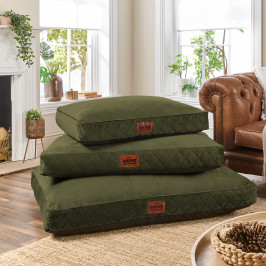
Slumberdown Paws for Slumber Olive Green Pet bed, Medium
£39.00
Shop Now -
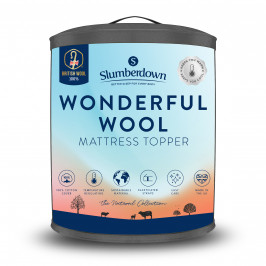
Slumberdown Wonderful Wool Mattress Topper
From: £54.50
Shop Now -
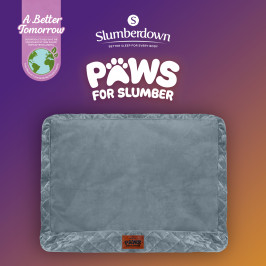
Slumberdown Paws for Slumber Extra Large Pet Bed Spare Cover, Grey
£20.00
Shop Now -
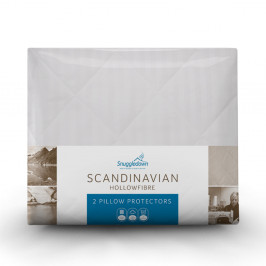
Snuggledown Scandinavian Hollowfibre Pillow Protector - Pack of 2
£15.00
Shop Now -
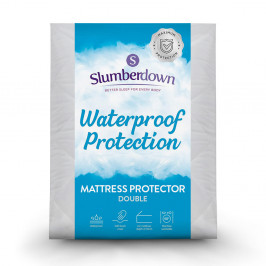
Slumberdown Waterproof Mattress Protector - Double
£17.50
Shop Now -
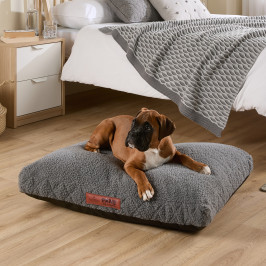
Slumberdown Paws For Slumber Sherpa Pet Bed, Medium
From: £25.00
Shop Now -
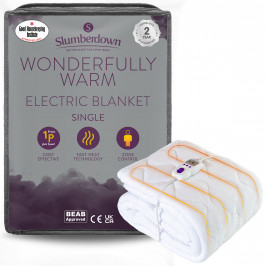
Slumberdown Wonderfully Warm Electric Blanket - Single
£60.00
Shop Now -
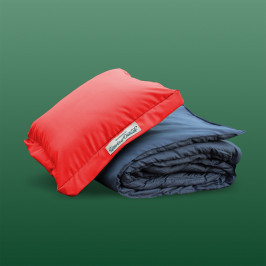
Slumberdown Unwind Outside 2-in-1 Waterproof Cocoon Set, Burnt Orange
£30.00
Shop Now -
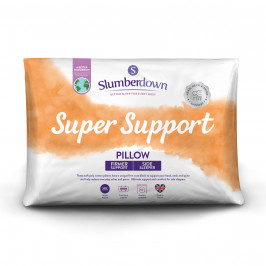
Slumberdown Super Support Firm Support Side Sleeper Pillow
From: £17.00
Shop Now -
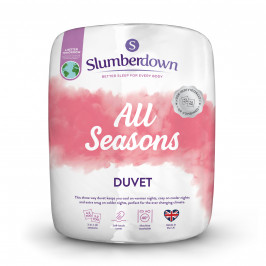
Slumberdown All Seasons Combi Duvet
From: £25.50
Shop Now -
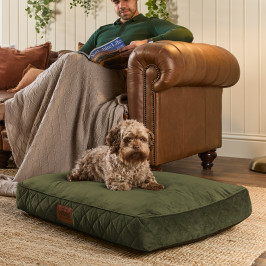
Slumberdown Paws for Slumber Medium Pet Bed
From: £39.00
Shop Now -
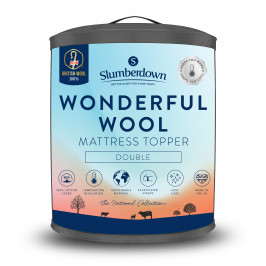
Slumberdown Wonderful Wool Mattress Topper, Double
£54.50
Shop Now -
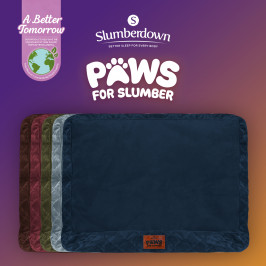
Slumberdown Paws for Slumber Extra Large Pet Bed Spare Cover
From: £20.00
Shop Now -
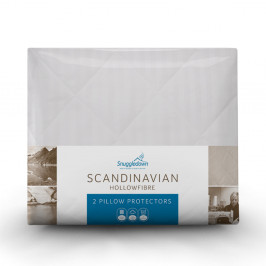
Snuggledown Scandinavian Hollowfibre Pillow Protector
From: £15.00
Shop Now -
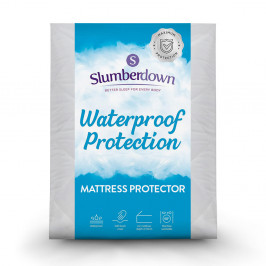
Slumberdown Waterproof Mattress Protector
From: £16.00
Shop Now -
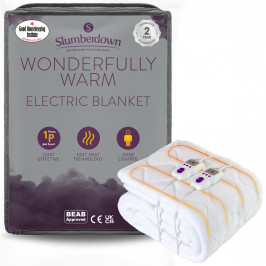
Slumberdown Wonderfully Warm Electric Blanket
From: £60.00
Shop Now -
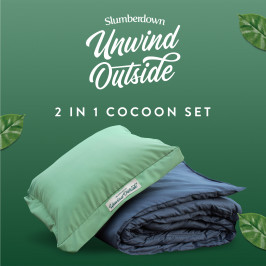
Slumberdown Unwind Outside 2-in-1 Waterproof Cocoon Set
From: £30.00
Shop Now -
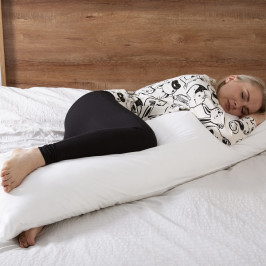
Slumberdown Body Support Pillow, 1 Pack, Includes 100% Cotton Pillow Case
£20.00
Shop Now -
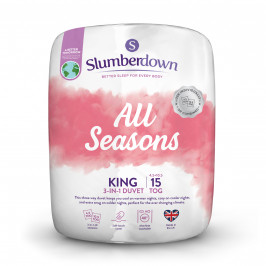
Slumberdown All Seasons Combi 15 Tog (10.5 + 4.5 Tog) King Size Duvet
£34.00
Shop Now


